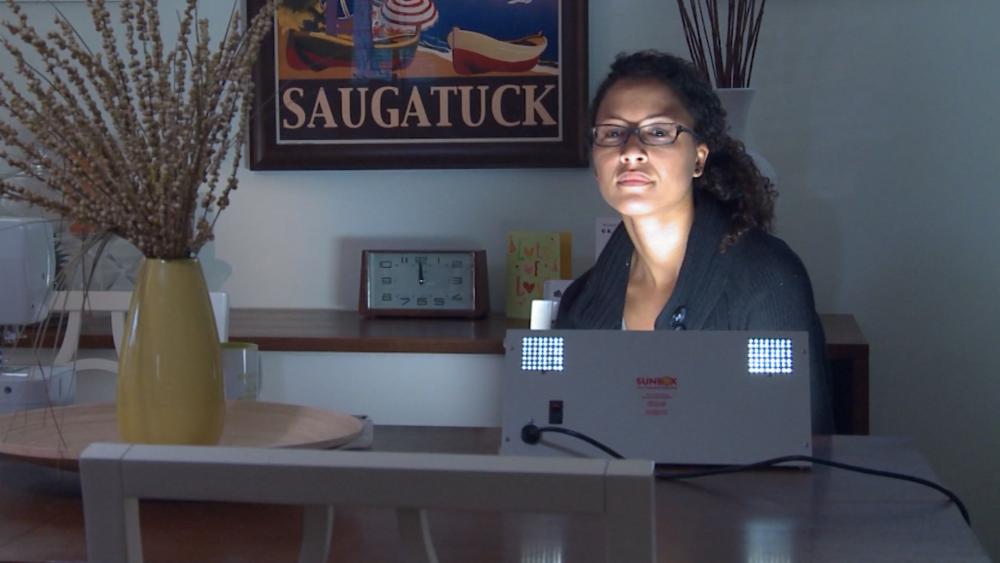This time of year, millions of Americans suffer from the so-called "Winter Blues," or the more serious Seasonal Affective Disorder, also known as "SAD," a medically recognized form of depression. These conditions affect people who say they feel good most of the year, but report feeling gloomy and lazy during the winter.
In most of the United States, at the height of winter, people receive about five hours a day less sunlight than during the peak summer days. The reduced sunlight during the winter can negatively impact mental health. An estimated 20 percent of Americans suffer from the "Winter Blues," while an additional five percent have Seasonal Affective Disorder.
Doctors say seasonal mental health challenges are more common in women and the further north a person lives.
"Folks with this tend to have a lot more negative thoughts about the wintertime," Cleveland Clinic Psychologist Dr. Dawn Potter told CBN News. "They tend to have a lot more vegetative symptoms, which means it's kind of like hibernating, like slowing down, so sleeping more, eating more, having lower energy, and we don't always see that in other forms of depression."
MUST SEE: Top Psychiatrist Dr. Daniel Amen Recommends These Habits to Improve Mental Health
Experts say a lack of sunlight can reduce our levels of serotonin, a neurotransmitter that contributes to feelings of happiness. At the same time, it can cause an overproduction of melatonin, a chemical that makes us feel sleepy. To help correct this imbalance, some recommend light therapy, which provides a sun substitute.
"I think light therapy is great. Unlike taking a medication, it is less likely to have side effects," said Dr. Potter.
She recommends sitting in front of a light box for some light therapy about 30 minutes in the morning.
"You can do this while you're getting ready for your day, while you're eating your breakfast, watching the news," said Dr. Potter.
A light box does not require a prescription. It should be specifically designed for light therapy and ideally have a power of 10,000 Lux.
"That can help the body regulate the mood a little bit better and can help improve sleep at night time and feeling more awake in the day," said Dr. Potter.
Doctors warn against using tanning beds for light therapy. Most of them emit ultraviolet rays which can damage the skin and possibly lead to deadly skin cancer.
Exercise is another way to treat seasonal mental health challenges. Moving the body pumps oxygen into the brain, which increases alertness and energy. Exercise also releases endorphins, neurotransmitters that create a feeling of euphoria.
Those experiencing more serious forms of seasonal mental health challenges might benefit from professional help.
"Some people may also choose to take an antidepressant medication to help their symptoms or to do some type of talk therapy like cognitive behavioral therapy," said Dr. Potter.
***Please sign up for CBN Newsletters to ensure you keep receiving the latest news from a distinctly Christian perspective.***
Did you know?
God is everywhere—even in the news. That’s why we view every news story through the lens of faith. We are committed to delivering quality independent Christian journalism you can trust. But it takes a lot of hard work, time, and money to do what we do. Help us continue to be a voice for truth in the media by supporting CBN News for as little as $1.












 Support CBN News
Support CBN News







